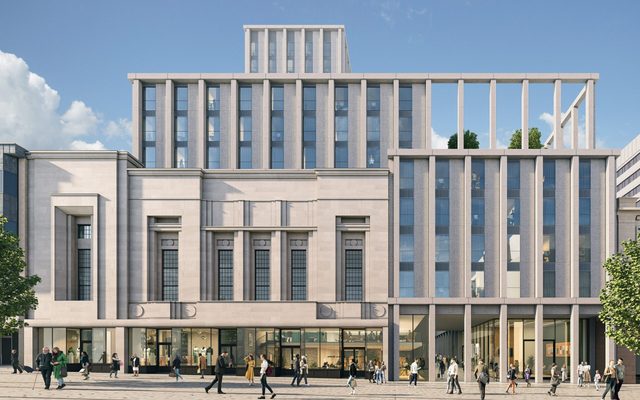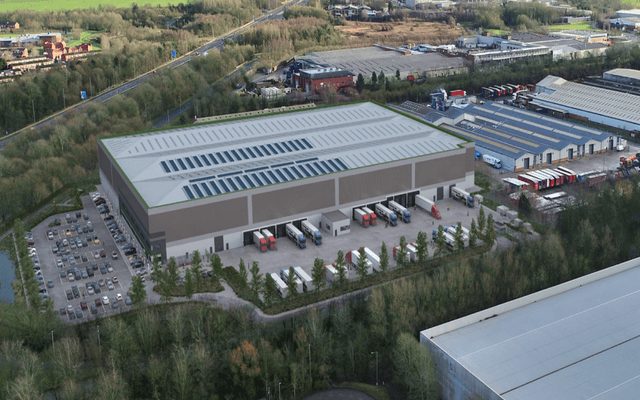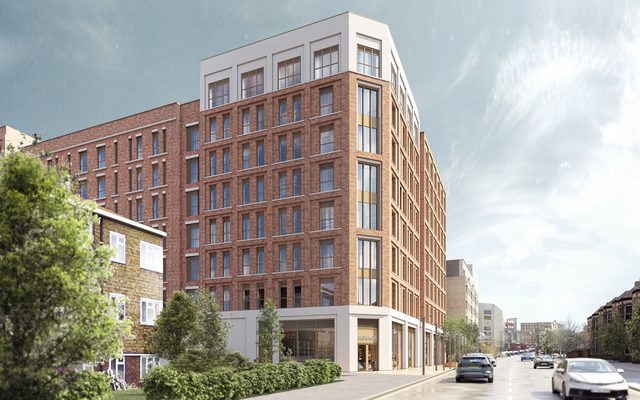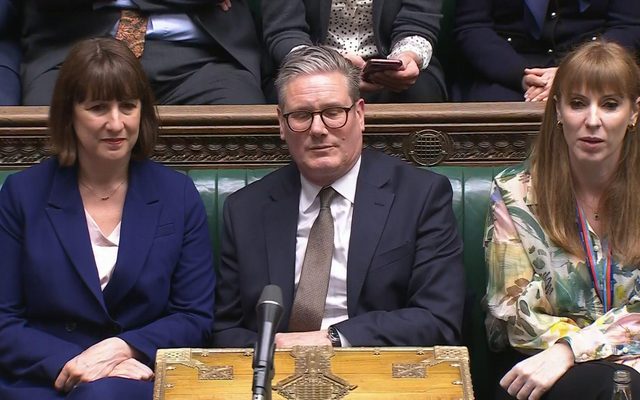- What Tunstall looking to grow total loan pool to £500m
- Why Increasingly alternative lenders are supporting regional transactions
- What next Tunstall will look to raise a second debt fund
There have of course been a number of big investment deals in the UK’s regional markets, but in general they have been few and far between. The current political discourse and discord has led to a degree of conservatism from buyers looking at the big-ticket deals; while the pricing aspirations of those in the market haven’t easily matched those of the vendor.
That’s not to say deals haven’t been done. They have; however, the lot size has tended to be below £50m and the buyers aren’t institutional. This mix has created a situation where traditional bank lenders and clearing banks seemingly have taken a step back, which has led many in the market to ask where’s the debt for smaller, regional transactions coming from?
Loan To Value rates, lack of appetite at the lower end of the market from some banks, slotting criteria, over regulation and timeliness have all been offered up as reasons why investors are looking at alternative lending platforms to finance acquisitions. These platforms have come increasingly to the fore as the year has progressed.
In the vanguard of this movement is Tunstall Real Estate Asset Management, which is part of the M7 group. “We have provided facilities on assets ranging from a retail park in Northern Ireland, an office building in York, a portfolio of offices in Glasgow and an office refurbishment scheme in Kingston,” says Hugh Fraser, M7’s global head of capital markets.
M7 identifies value-add investment opportunities for investors in the smaller, multi-let sector. This sector is often neglected and considered inefficient due to the small individual lot sizes and the management intensive nature of the underlying assets.
However, M7’s established platform, data management systems and experienced team ensure that M7 can capitalise on this perceived inefficiency. The business typically aggregate numerous individual assets to form large portfolios with income levels and yields well above the real estate market averages. It is the ability to tap into this experience that leaves Tunstall’s lending business well positioned with the required market knowledge to fill the gap in the market.
React News had an exclusive chat with Fraser, who combines his position as M7’s global head of capital markets with a role overseeing Tunstall’s lending business, and David White, Tunstall’s head of debt strategies.
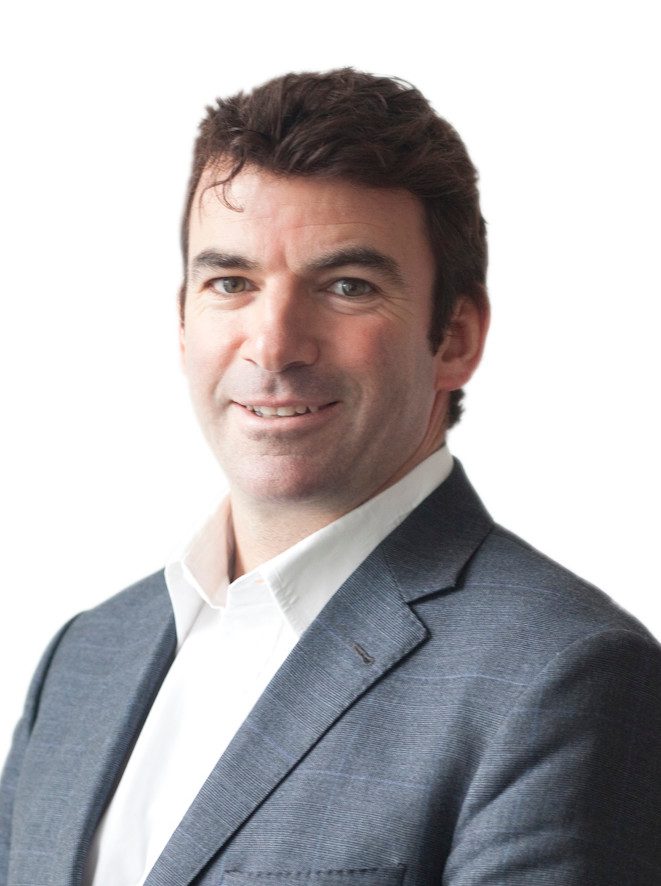
What are the advantages of Tunstall being part of the M7 group?
Fraser: Tunstall is a real estate lender that understands the bricks and mortar or steel portal frames, as well as its borrower! This allows us to act quickly and as a true partner to our borrowers, which is very different from the traditional lender pool they have borrowed from in the past.
Describe Tunstall’s lending business?
Fraser: In a similar vein to M7, Tunstall seeks to lend on regional, multi-let real estate. Tunstall is looking to provide senior loans up to 70% – 75% LTV, on UK real estate transactions generally between £5.0m to £50.0 m. There has been an almost complete withdrawal by the UK clearing banks on providing financing to this small to medium loan sector. Tunstall is looking to replace the supply that has disappeared due to this withdrawal. Given its access to M7’s UK real estate platform, Tunstall can tap into a very deep knowledge of the UK regional real estate markets.
White: Tunstall’s lending is very much real estate led. If we are comfortable with the location and the asset quality, we can underwrite and offer indicative terms to potential borrowers very quickly. The next part of the process is assessing the sponsor, their track record and their ability to successfully deliver the business plan.
What are your margins? Do borrowers have to hedge when taking a facility?
White: Tunstall loans typically carry an all-in cost of between 6.00% – 7.00%. While this may appear high on the face of it, it needs to be analysed in the context of our policy towards hedging. A key differentiating factor of Tunstall’s offer, is that we do not force our borrowers to enter into hedging. Hedging for small loan amounts is astronomically expensive and doesn’t make sense to someone borrowing a small amount. The 5yr UK swap rate has oscillated between 50bps and 150bps during the 12 months. If comparing the Tunstall offer, to the traditional UK clearing bank market, this difference needs to analysed to ensure you compare apples with apples.

What size is Tunstall’s loan book?
White: Tunstall has closed 16 separate facilities to 15 different sponsors for a total loan quantum of £135.0m. The smallest loan was £2.00m and the largest loan was £21.0 m. It has a further pipeline of £75.0m, which it is looking to close in January 2020. The aim is to grow the fund to circa £500.0m by the end of 2020.
What are you lending on? Can you give any insight into your LTVs for certain asset classes?
White: Our maximum LTV is 75% although the average LTV across the book is closer to 70% LTV. As mentioned above, we replicate the characteristics of the real estate which M7 acquires. It means that we have funded regional office, industrial and retail warehousing in the UK, with a small element of leisure in a couple of assets. The maximum LTV we lend on is driven by the asset characteristics, rather than the sector. It will depend on the nature of the cashflow and underlying real estate fundamentals.
Is the focus of Tunstall’s DPO1 shifting from Europe to the UK?
Fraser: No, quite the opposite. During the past 18 months the focus has been 100% on the UK market. While we originally looked at the Dutch market during 2017, and successfully deployed circa €50.0m of loans on several DPO opportunities, this market opportunity closed as quickly as it opened. The rapid growth in capital values in The Netherlands meant there was no incentive or need to entertain DPO trades for those parties that had acquired big NPL books. As a result, our capital return requirements weren’t a match for the Dutch market.
White: It is likely that we will also undertake a pan-European fund in 2020 focusing on locations where we are happy with the market fundamentals. M7 has a strong presence across the 13 countries in which it operates in Europe and Tunstall can leverage off this as it looks at different jurisdictions.
How much capital is left in DPO1? Have you plans to raise a second debt fund?
White: This fund is closed. There is circa €30.0m of capital that remains invested in DPO 1 but we expect this to be repaid repaid in full over the coming 18 months.
Yes. In the first instance we will raise more capital for our first fund, TREC II. Once we have grown the total loan pool of TREC II to £500.0 m (by end of 2020) we will then look to raise a second debt fund.
Do you do refinance and development loans?
Fraser: We will undertake refinance business so long as the alignment between debt and equity is at the right level. We won’t finance one-way free options to borrowers who don’t retain some skin in the game. With regard to Development Finance, we do not provide pure Development Finance as we do not have the necessary experience. We will consider commercial assets within the sectors above that need some element of refurbishment, but this is analysed on a case by case basis.

